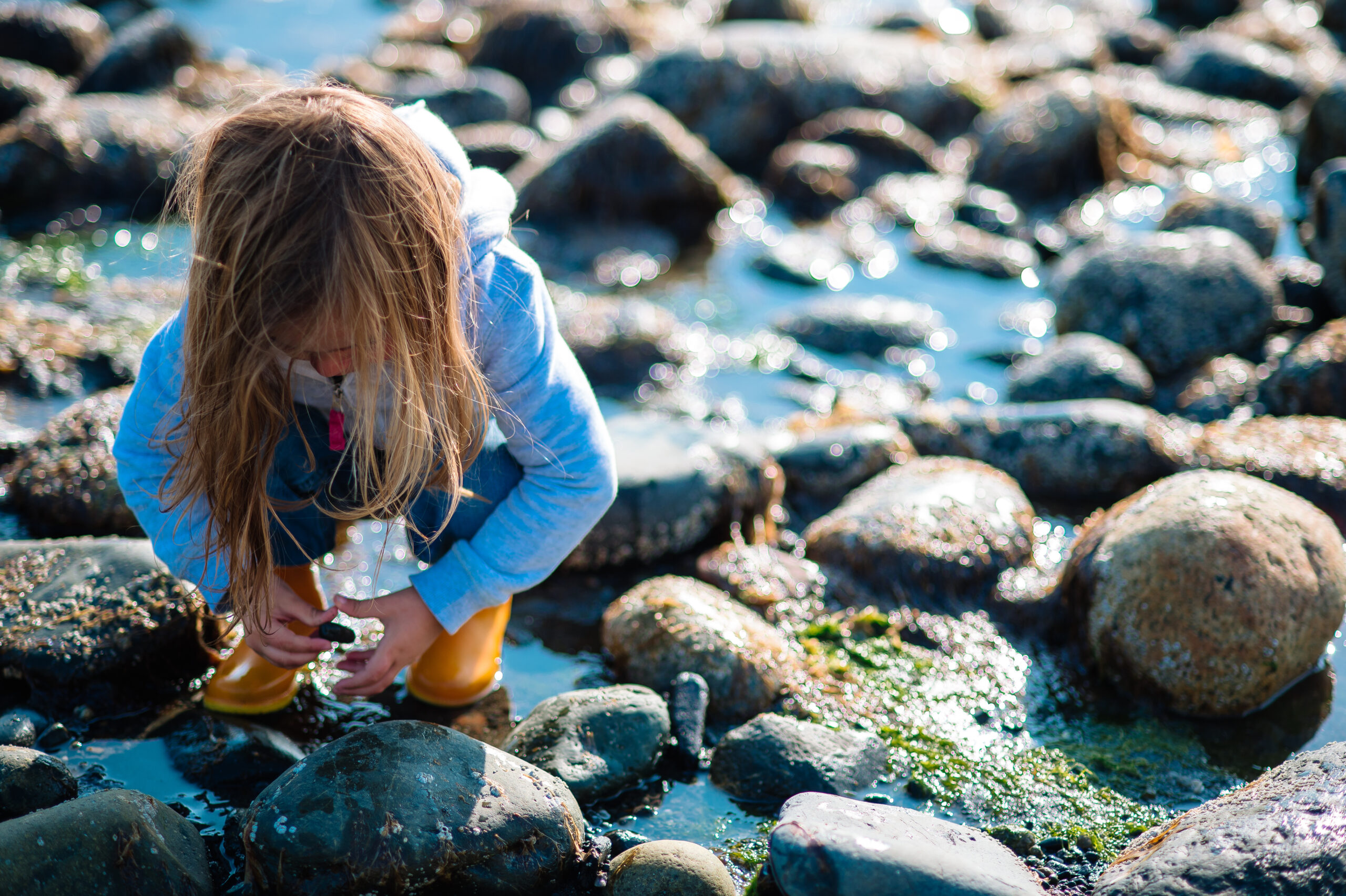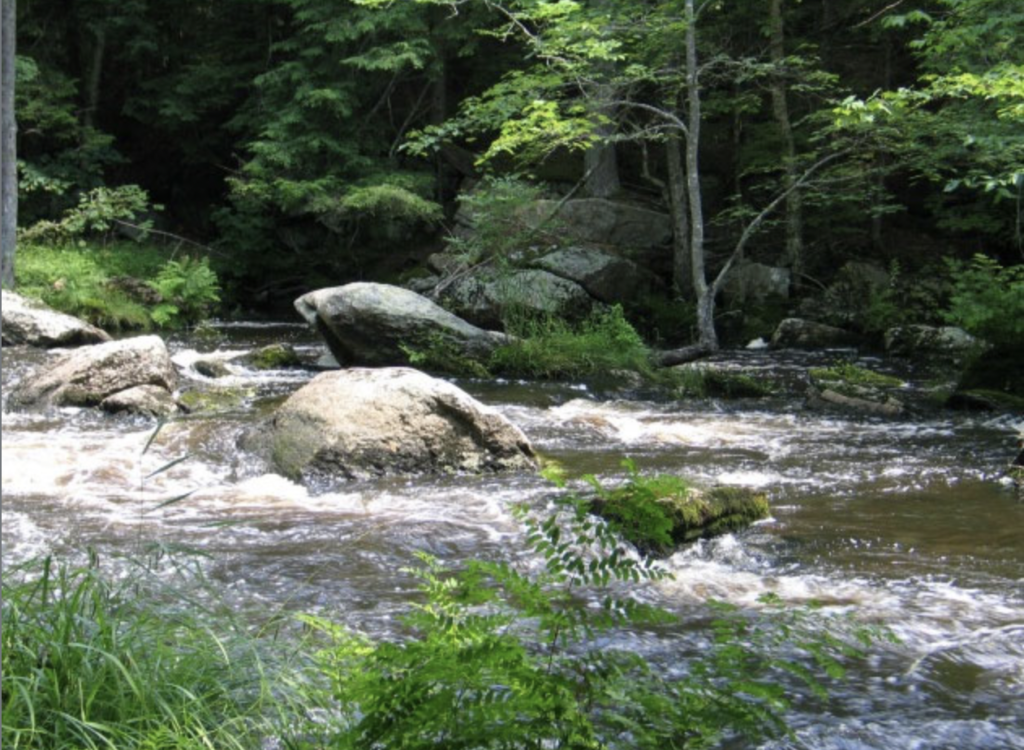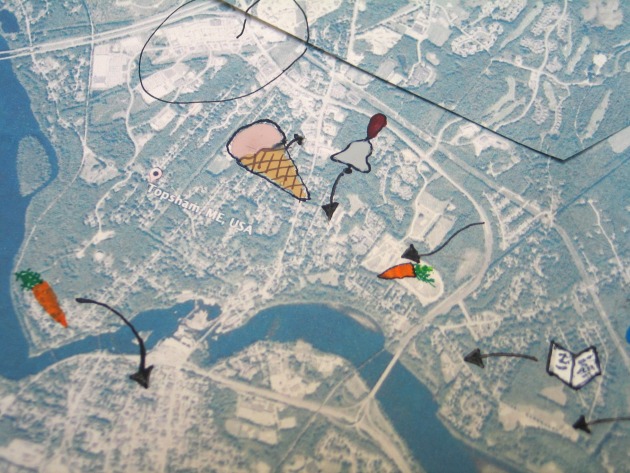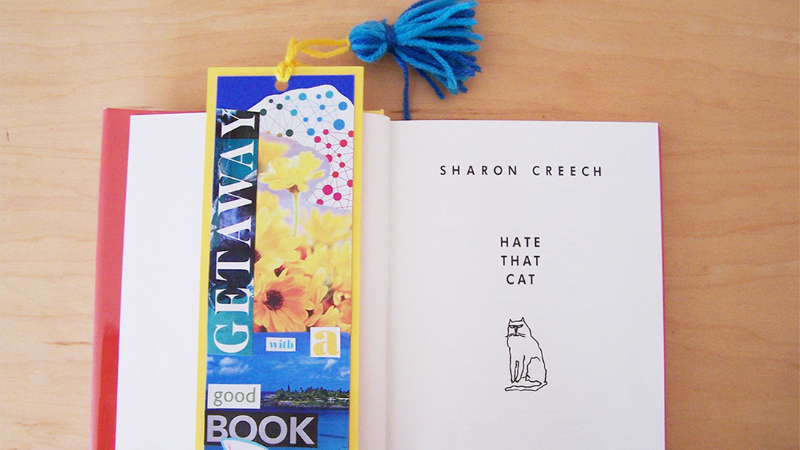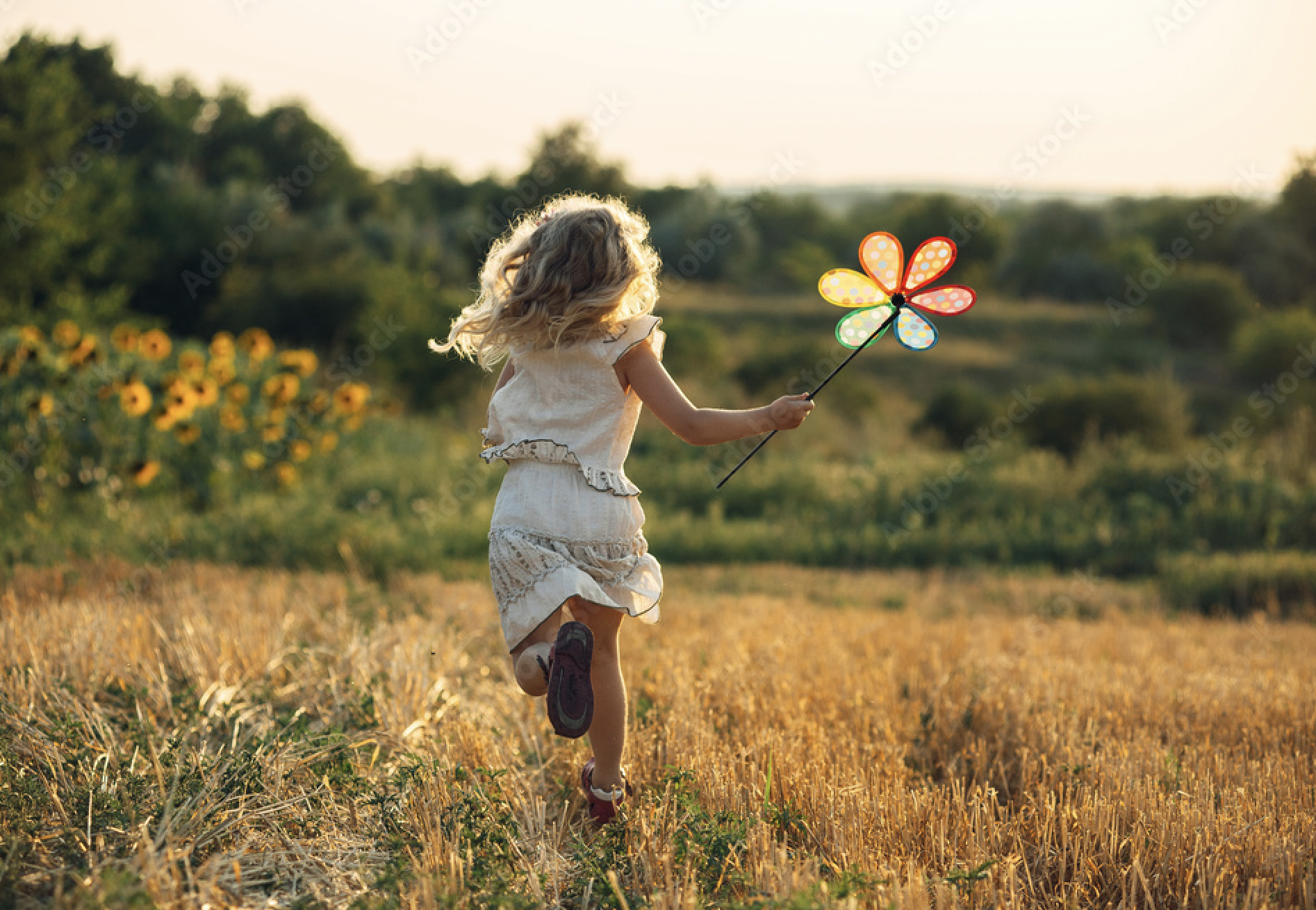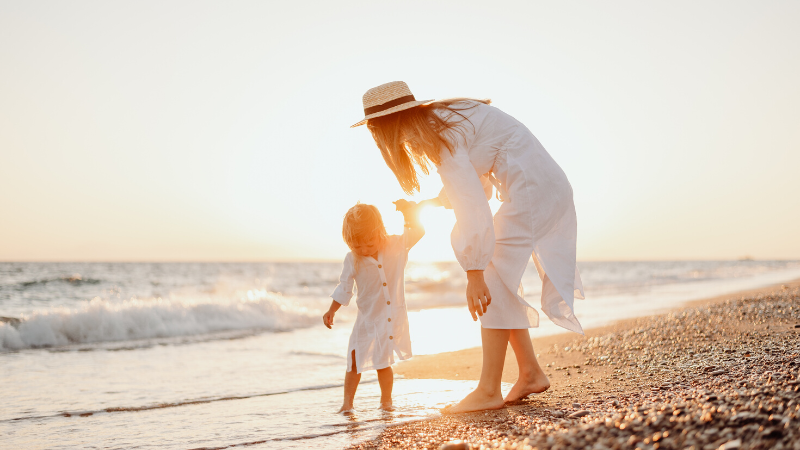Monique of Green Acorns is with us today with to share some great advice on the important topic of developing a sense of place for ourselves and the children in our lives.
Sense of place. Have you heard this phrase? It has only been in the last year or so that I have been hearing more about “sense of place.” Although it’s fairly new terminology to me, the concept is familiar. To put it simply, it refers to the meaning attributed to a place as influenced by our interactions with it.
Close your eyes for a moment and think of the places that were important to you during your childhood. Was there a certain stream you loved exploring? A favorite climbing tree or place to build a fort? How about a market, museum, or place of worship? What memories are attached to these places? What significance do they hold for you? Chances are that you have strong emotional connections to the special places from your childhood. Places can also hold historical, spiritual, or cultural significance but for young children it is primarily the emotional attachment associated with them that give places meaning.
Why is sense of place important? Here are just some of the reasons:
- Connecting to one’s surrounding environment establishes knowledge of and appreciation for its resources;
- A sense of place supports the development of personal identity;
- Having a strong sense of place can inspire stewardship;
- Understanding sense of place can nurture empathy.
“The motivation to interact with the environment exists in all children as an intrinsic property of life, but the quality of the interactions is dependent upon the possibilities for engagement that the environment provides.” (Anita Rui Olds, 1979)
How can we nurture a sense of place in our children?
- Start with the nature right in your backyard. Inspire a sense of wonder by observing with your child and asking lots of questions;
- Have fun with some nature crafts and activities;
- Let your child independently explore the surrounding nature and discover his own private special places;
- Start a nature journal;
- Make a map of your yard, street, or neighborhood;
- Copy a map of your town and draw pictures of special places on it;
- Construct cardboard buildings that represent places in your community that you frequent;
- Write a poem about a special place;
- Make a list of the natural resources in your area;
- Talk about the significance of local places;
- Learn about the history of your town.
For more inspiration, pick up a copy of the book A Sense of Place: Teaching Children About the Environment with Picture Books by Daniel Kriesberg.

